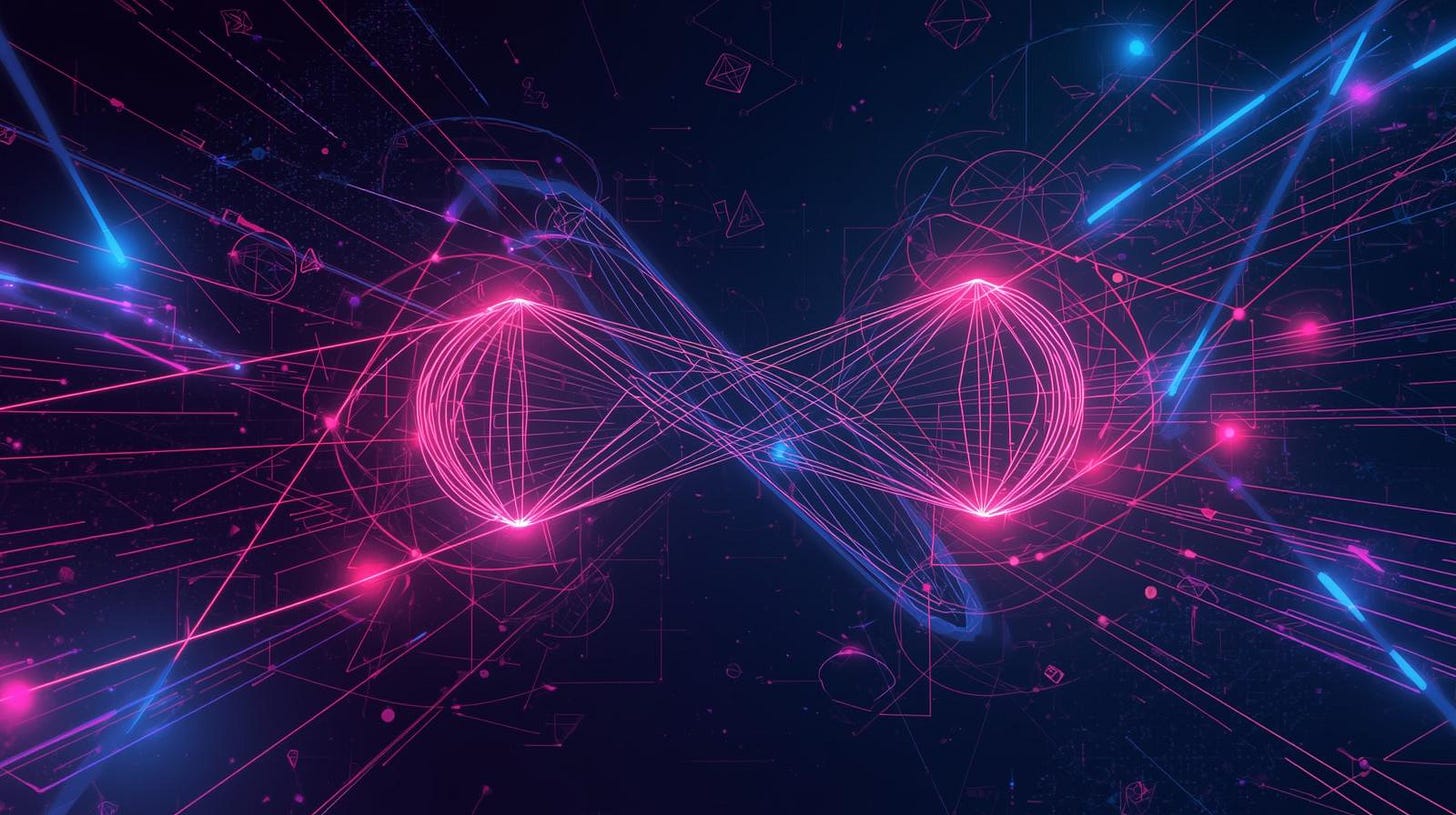Quantum Computing & Blockchain: The Future We’re Racing Toward
Inspired by the insights of Meltem ERDEM, originally published on Kripto RADAR
Quantum Computing & Blockchain: The Future We’re Racing Toward
Inspired by the insights of Meltem ERDEM, originally published on Kripto RADAR
🚀 When Two Frontiers Collide
Sometimes, history pivots when two powerful technologies collide. That’s exactly what we’re witnessing with Quantum Computing and Blockchain.
One promises almost unimaginable computational power; the other guarantees trust, transparency, and decentralization. Together, they could redefine the very infrastructure of our digital world.
But here’s the tension: Will quantum computing strengthen blockchain—or destroy it?
🧠 What Makes Quantum Different
Classical computers think in binary: ones and zeros. Quantum computers think in qubits, capable of existing in multiple states at once. That means problems considered “impossible” to solve by today’s standards could become trivial in the quantum era.
From chemistry and medicine to AI and finance, the ripple effects will be profound.
🔗 A Quick Refresher on Blockchain
Blockchain isn’t just about Bitcoin. It’s a decentralized ledger that underpins cryptocurrencies, NFTs, smart contracts, and more. Its superpower is trust without intermediaries—a way to build digital systems that are transparent, secure, and censorship-resistant.
⚡ Why Blockchain Needs Quantum—and Fears It
On the opportunity side, quantum computing could:
Accelerate transaction verification
Optimize supply chains, logistics, and DeFi ecosystems
Enable quantum-grade security like Quantum Key Distribution (QKD)
But here’s the catch: the very same power could also break blockchain security. Algorithms like Shor’s might one day crack the cryptographic walls that keep blockchains safe.
🛡 Enter Post-Quantum Cryptography
That’s where Post-Quantum Cryptography (PQC) comes in. It’s a new family of algorithms designed to withstand quantum-level attacks. For blockchain developers, upgrading to quantum-safe architectures won’t be optional—it’ll be survival.
🌍 Where This Gets Real
This isn’t theory. The convergence of quantum and blockchain has direct, real-world consequences:
Finance: Secure, low-cost, high-speed transactions.
Supply Chains: Transparent, fraud-proof logistics.
Energy: Smarter, decentralized renewable energy grids.
Governance: Quantum-safe voting and public records.
🧭 What’s Next?
For developers: start experimenting with quantum-resistant smart contracts.
For investors: track early quantum-blockchain hybrid projects.
For policymakers: collaborate internationally on ethical standards.
The race has already begun.
✨ Closing Thought
As Meltem ERDEM argues, this isn’t just about technology—it’s about the future of digital trust.
If we adapt wisely, quantum computing could unlock blockchain’s full potential. If we don’t, the very security foundations of decentralization could crumble.
At Solidity Academy, we believe the winners of tomorrow will be those who can merge resilience with innovation.
👉 The question we leave you with: Are you preparing today for a quantum-powered blockchain tomorrow?
📩 If you enjoyed this piece, subscribe to Solidity Academy on Substack for weekly deep dives into blockchain, cryptography, and the technologies shaping our digital future.


